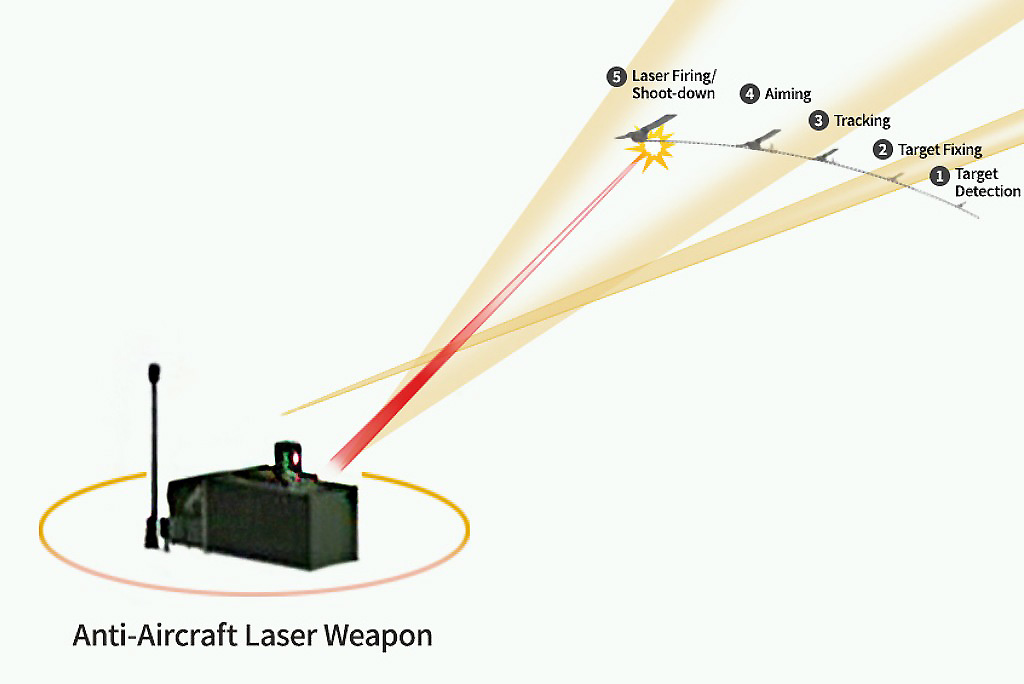Enhancing Operational Readiness in the Indo-Pacific: Insights from REFORPAC
Overview of REFORPAC Exercise
The Pacific Air Forces (PACAF) recently concluded its significant REFORPAC exercise, which served as a critical assessment of the capabilities essential for operational success within the Indo-Pacific theater. According to Lt. Gen. Laura Lenderman, PACAF’s deputy commander, the exercise underscored the necessity of advanced technologies, including:
- Artificial Intelligence
- Autonomous Systems
- Machine Learning
- Augmented Command and Control Systems
- Resilient Cybersecurity Networks
These technologies must facilitate secure communication in expeditionary environments while withstanding sustained cyber threats.
Strategic Context
At the AFCEA TechNet Indo-Pacific conference, Lt. Gen. Lenderman addressed the geopolitical landscape, citing challenges posed by “revisionist autocracies” intent on destabilizing the security, freedom, and prosperity in the region. However, she articulated a counter-narrative of optimism and clarity aimed at enhancing deterrence and collective progress.
Exercise Details and Scope
The REFORPAC exercise involved an extensive operation comprising:
- 4,000 Sorties
- 50 Operational Locations
- 6,000 Miles of Operational Coverage
Gen. Kevin Schneider, PACAF Commander, emphasized the strategic significance of the Indo-Pacific, not only for regional nations but for global stability. He noted the operational challenges of the theater’s geography, which complicates effective command and control. The ability to navigate and operate with agility across extensive distances remains a fundamental challenge across U.S. military branches.
The Role of Space Capabilities
Maj. Gen. Anthony Mastalir, former commander of U.S. Space Forces Indo-Pacific, highlighted the imperative relationship between space capabilities and power projection. He stated:
- “Space is a force multiplier essential for projecting power over vast distances.”
- “Achieving space superiority is crucial for operational success in the INDOPACOM Area of Responsibility.”
The concurrent Resolute Space exercise evaluated the integration of airmen and space professionals in orchestrating complex military operations under contested conditions.
Training and Readiness Preparedness
The training conducted during REFORPAC was vital, as Command Sgt. Major Katie McCool of Pacific Air Forces noted. She stressed the importance of preparing airmen for immediate operational readiness in a variety of contingencies. The synthesis of theoretical knowledge and practical skills is crucial, particularly in dynamic environments ranging from small islands to the expansive Arctic.
Command Sgt. Maj. Jason Childers of U.S. Space Forces Indo-Pacific echoed this sentiment, reflecting on the unique training challenges for Guardians operating in distributed environments. He remarked that exercises like REFORPAC enhance operational preparedness and readiness, providing invaluable real-world experience that cannot be replicated in traditional training settings.
Conclusion
The REFORPAC exercise effectively identified and evaluated the technological and operational imperatives necessary for U.S. forces to thrive in the Indo-Pacific region. As the strategic landscape continues to evolve, integrating advanced capabilities and fostering operational readiness remains paramount to ensuring success for U.S. military objectives in this critical theater.





